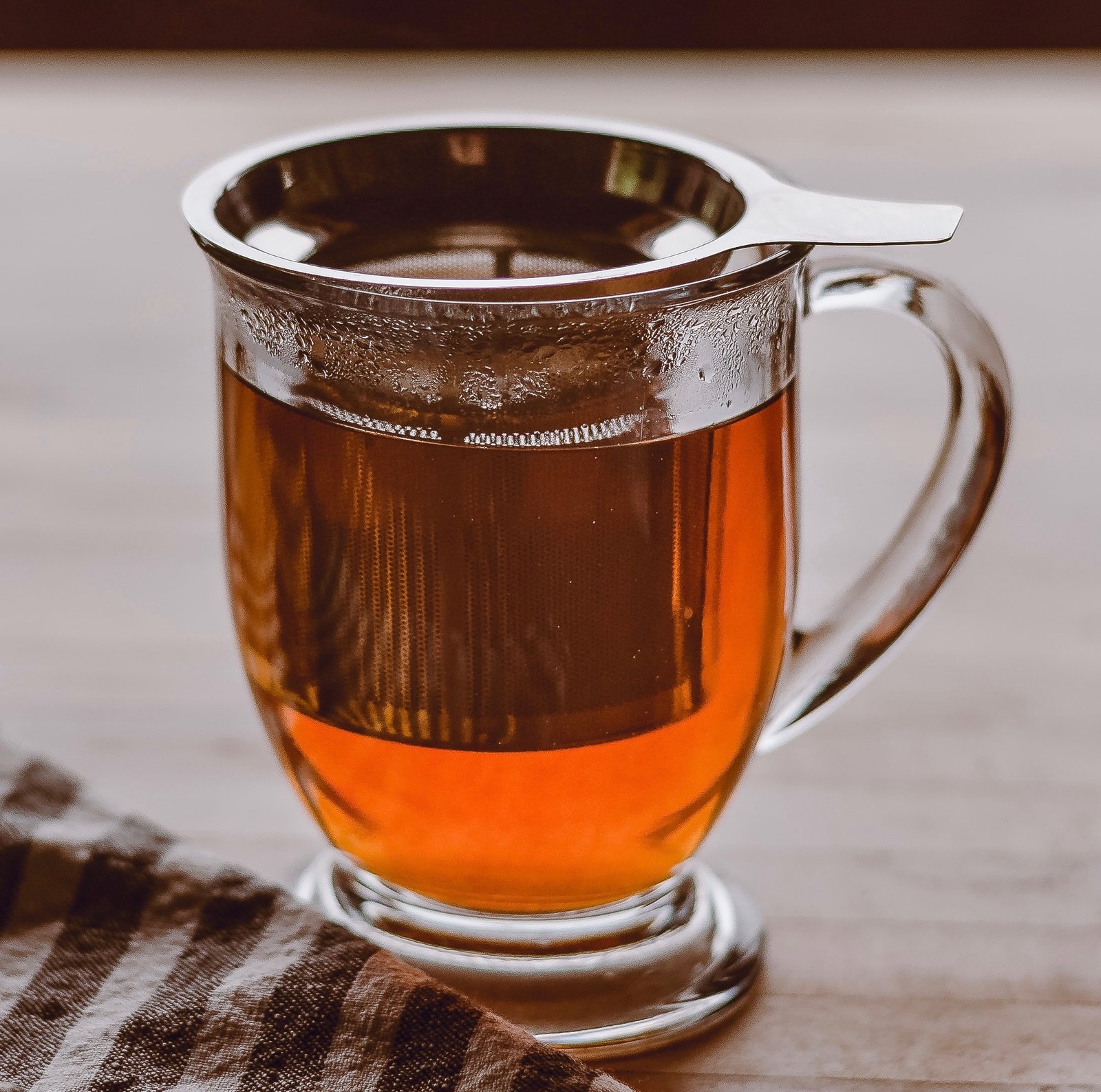

Green tea has also been studied for the prevention of other heart-related issues such as high blood pressure and congestive heart failure.Īnd who doesn't want to have a healthier brain? Your brain also benefits from healthy blood vessels. You may have heard that green tea is a healthy choice, but do you know why? Studies have shown that people that drink green tea have lower cholesterol and healthier blood vessels which help improve blood flow.

The low oxidation is responsible for the distinct flavor and golden color in your cup. This results in fresher leaves that retain the natural green color. To produce green tea, the leaves are heated immediately after being picked reducing the oxidation process. Black tea will have a darker or red color with a sweet, bold flavor. Black tea is allowed to fully oxidize (or dry out) during processing which turns the leaves black. The reason the teas have such different flavors is simply due to the processing method. It was many years later before they discovered the flavor the leaves created when steeped in water.īoth green and black tea come from the Camellia Sinensis plant. People in Southeast Asia would pick the leaves and chew them. Historians have dated the origin of green tea as far back as 3000 years ago. Read on and find out why.Īlthough coffee is quite the current craze, green tea actually has a much longer history than coffee. Can green tea provide the caffeine we're after? The simple answer is yes, it can. It's well known that black tea contains caffeine, yet green tea is a favorite of many tea drinkers. I also prefer the variety of flavors that loose leaf tea provides. Mornings and caffeine just seem to go together, right? Some people beeline for the coffee for their daily jolt. But if you are like me and want to avoid the dreaded jitters of coffee, then you can get your morning kick started just as well with a cup of tea.


 0 kommentar(er)
0 kommentar(er)
